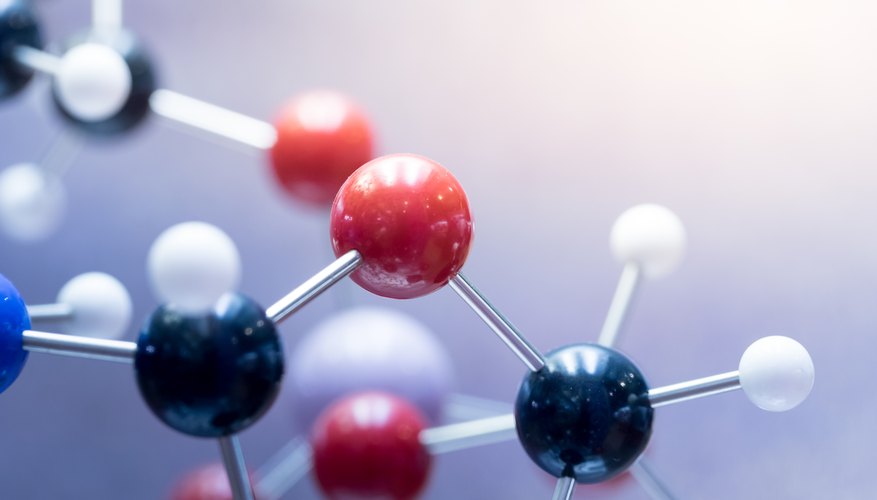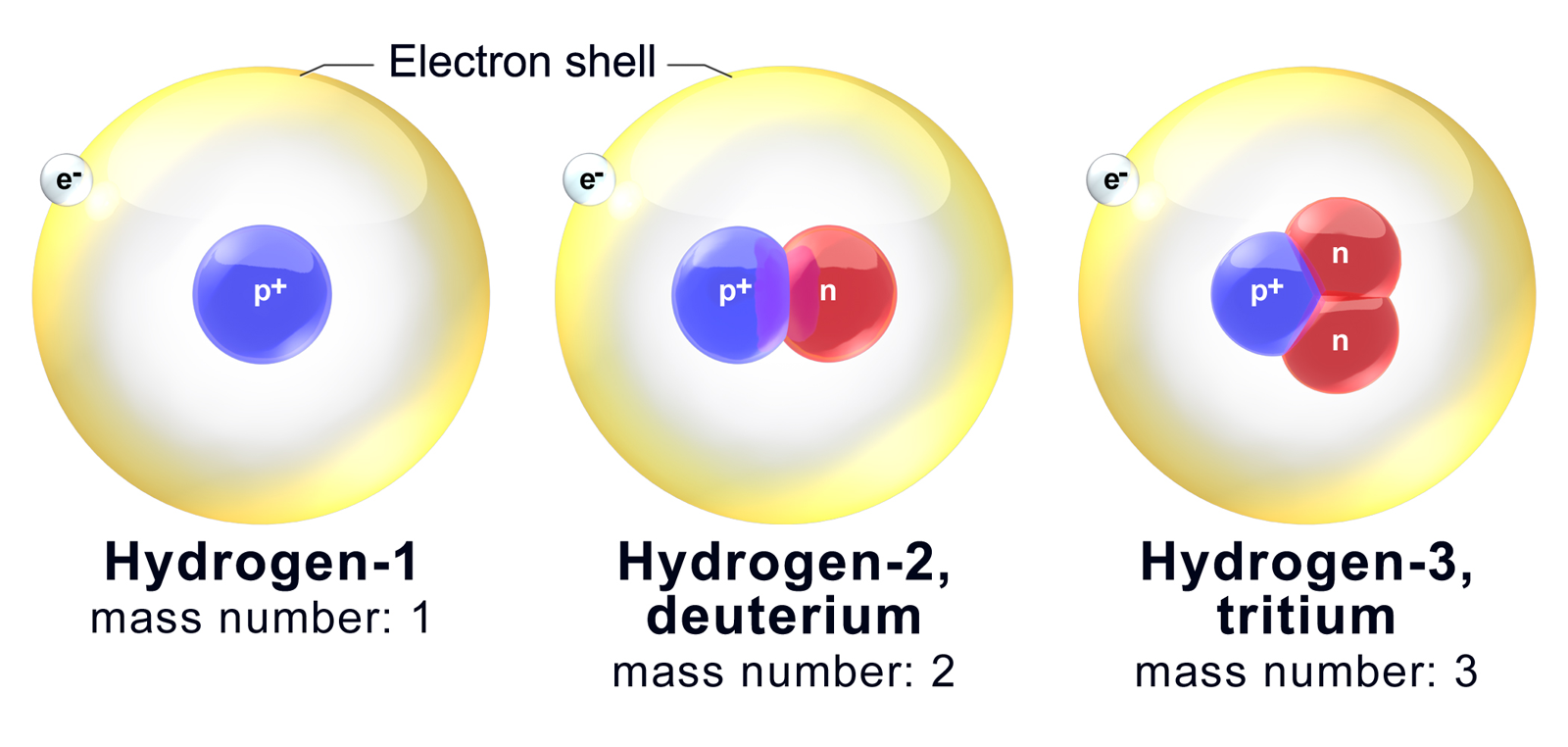Potassium (19 K) has 26 known isotopes from 31 K to 57 K, with the exception of still-unknown 32 K, as well as an unconfirmed report of 59 K. Three of those isotopes occur naturally: the two stable forms 39 K (93.3%) and 41 K (6.7%), and a very long-lived radioisotope 40 K (0.012%). Naturally occurring radioactive 40 K decays with a half-life of 1.248×10 9 years. 89% of those decays are to.
Isotopes are variants of a specific chemical element. For example, uranium-238, uranium-235 and uranium-234 are three isotopes of the element uranium. The listed numbers are the mass number and each isotope has a different mass number. This number is calculated by adding the amount of protons and neutrons that the isotope contains in the nucleus and it is one of the differences between isotopes from the same element. Let’s find out some of the most common similarities and differences between these isotopes.
Isotopes are atoms of an element with the normal number of protons and electrons, but different numbers of neutrons. Isotopes have the same atomic number, but different mass numbers. Isotopes Atoms of the same element always have the same number of protons. However they may have different numbers of neutrons. There are known as isotopes. Carbon has two isotopes: C C 6 14 6 12 Write down the number of protons, neutrons and electrons in the two isotopes. Isotopes of the same element also have the same number of electrons and the electronic structure. Because how an atom acts is decided by its electronic structure, isotopes are almost the same chemically, but different physically to their original atoms. Heavier isotopes react chemically slower than lighter isotopes of the same element. Isotopes are atom of the same element where the electron numbers remain same while the number of proton and neutron are different. That means the atomic number in isotope is same but atomic mass is different. For example there are three isotopes of hydrogen protium and deuterium.
Similarities between isotopes of the same element
Each isotope of the same element is identical in most ways including having the same number of protons and electrons.
Differences between isotopes of the same element
Each isotope of the same element contains a different number of neutrons and this is the main difference between isotopes of the same element. The isotopes will also have a slightly different atomic mass because of the different number of neutrons. Radioactive (unstable) isotopes will also have different half lives (rate of decay). They may also a different type of decay and daughter isotope (daughter product), which is the product left over after radioactive decay.
Did you know?
Many of the elements have at least one stable isotope and a number of unstable (radioactive) isotopes. However, certain elements have no stable isotopes at all. This includes the elements technetium, promethium and every element after lead.
Isotopes Of The Same Element Have

Many radioactive isotopes have very important uses in fields such as geology (radiometric dating), medicine (nuclear medicine), astronomy (radiometric dating), fire prevention (smoke detectors), food preservation (irradiation) and pest control (irradiation).
Related Articles
How do different isotopes of the same element differ?
2 Answers
Explanation:
Two or more than two kinds of atom which have same proton number but different neutron number so that the mass number changes e.g
Isotopes differ in the number of neutrons in the nucleus
Explanation:
all isotopes have the same number of protons and the same number of electrons. Because the electron structure is the same isotopes have the same chemical properties.
What is different is the number of neutrons, The different number of neutrons all cause a difference in the atomic weight or mass of the atoms. The difference in the ratio between the number of protons (the number of protons stay the same) and the number neutrons creates a difference in the nuclear reactions of the isotopes.

What is different about isotopes is the number of neutrons. The difference in the number of neutrons also causes a difference in the mass and nuclear reactions of the isotopes.
Isotopes Of The Same Element Have Different
Related questions

